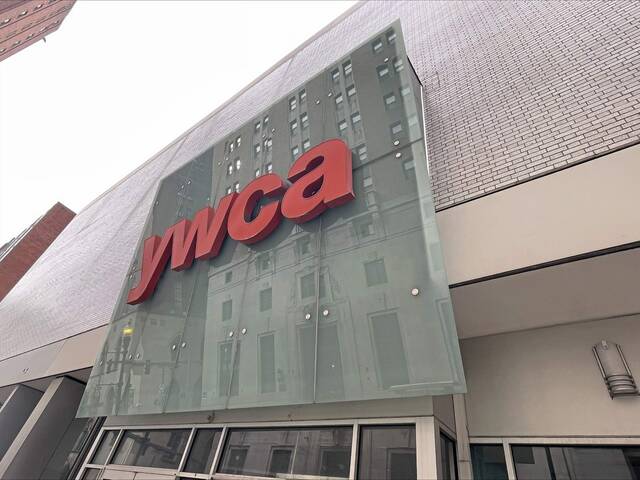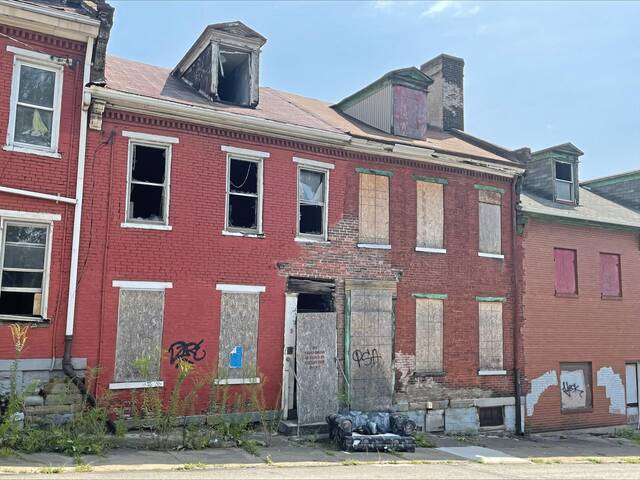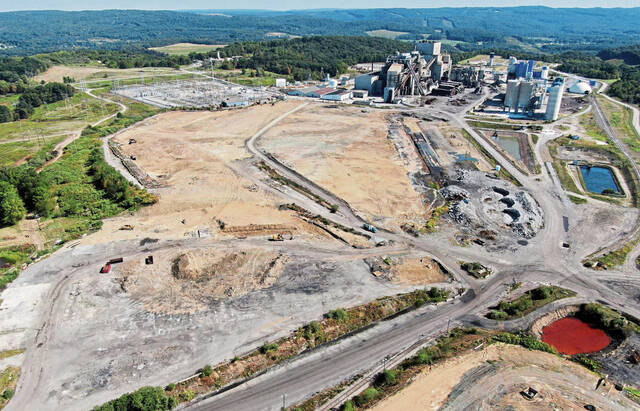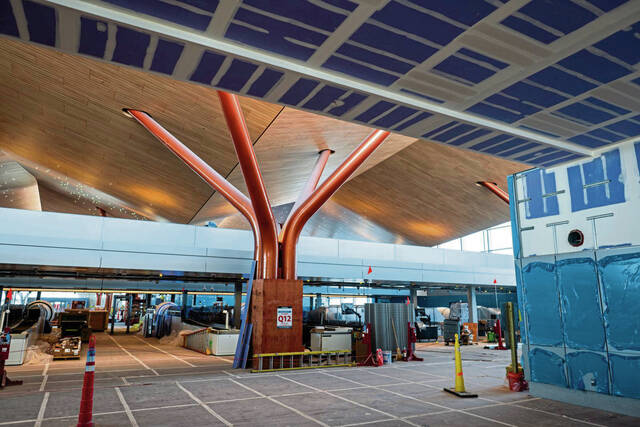Pittsburgh’s central business district (CBD) office vacancy rate in 2025’s first quarter held its own when compared with eight other U.S. cities, a new analysis shows. But that’s not necessarily much cause for cheer, says a scholar at the Allegheny Institute for Public Policy.
Indeed, in the first quarter of 2025, Frank Gamrat, executive director of the Pittsburgh think tank (citing numbers from real estate research firm Jones Lang LaSalle), says Pittsburgh’s vacancy rates for both class A space and the total space were both lower than the sample average.
Even the increase in those rates since the same quarter in 2021 was among the lowest in the sample, he says.
But the data do not show signs of improvement for Pittsburgh’s Downtown office market, Gamrat says.
“For the first quarter of 2025 the total vacancy rate for all classes of space in the Pittsburgh central business district (CBD) was 21.8%,” the Ph.D. economist notes. “This was unchanged from the fourth quarter of 2024 and up a bit from the third quarter’s rate of 19.5%.”
“While not much movement can be expected from quarter to quarter, it is more helpful to look back at the first quarter of 2021, in the immediate wake of the pandemic, when that rate was 19.6%. Prior to the pandemic, in the fourth quarter of 2019, it was just 16.9%,” he says.
Pittsburgh’s CBD vacancy rates were compared with those in Charlotte; Cincinnati; Columbus; Dallas; Los Angeles; New York; Raleigh-Durham and San Francisco.
Gamrat reminds that much has been written about Pittsburgh’s Downtown office market and its chronic struggles with high vacancy rates.
“Firms have downsized their footprints in the wake of the pandemic and the proliferation of the work-from-home culture while some firms have left the downtown altogether,” he recounts. “The result is that the assessed value of office buildings has dropped, in some cases dramatically, and the taxing bodies that rely on them are swimming in the red.”
Furthermore, Gamrat says the notion that office space is being quickly converted into residential units around the country doesn’t seem to be manifesting itself in the square footage available in inventory.
“In this sample, only one city, Los Angeles, can claim to have less square footage of class B and lower space in its inventory compared to five years earlier,” he notes, reminding that lower classes of space are typically the most qualified for conversion because they tend to be older (less expensive) and rely heavily on natural light.
Class A space is deemed more desirable as companies attempt to bring workers back into the office on a more regular basis, Gamrat says, because they offer amenities such as gyms, food courts, dry cleaners and outdoor space.
“It is said that the demand for class A space in Pittsburgh is very high. However, in the first quarter of 2025 the net absorption rate of class A space in Pittsburgh was negative (21,128 square feet), implying that more space was given up rather than leased. It was one of only two CBDs in this sample of nine with net negative absorption. San Francisco lost 95,865 square feet of leased class A space.
But Gamrat says for lower class space, Pittsburgh’s CBD had a positive absorption of 14,699 square feet in the first quarter of 2025. “Five of the nine cities in this sample had positive absorption. Lower class space tends to have lower rental rates. In the Pittsburgh CBD, that difference was over $9 per square foot on average. Does this imply that firms in Pittsburgh are looking for a bargain?” he asks.
Gamrat cites a recent news article that suggests the price of construction has been rising and that has put a halt on new construction as well as buildouts and upgrades, driving the price of class A rentals up.
“Even the conversion of office-to-residential needs to be questioned as construction costs have no doubt altered that landscape as well,” the economist noted.
“It certainly has put into doubt the grand $600 million plan backed by the governor,” he says, citing a recent editorial that that the conversion of the old YWCA headquarters into apartments is on hold as a lender has filed a foreclosure on one of the owners. The project was supposed to account for 30 percent of the units in the Downtown plan.
“And that is the problem with the government using taxpayer money to back favorites,” Gamrat cautions. “There is no doubt the Downtown office market is in flux.
“Firms will react to their own best interests and government needs to get out of the way. The government’s primary role is to provide a safe and clean environment, then the office market will find its way,” he concludes.







